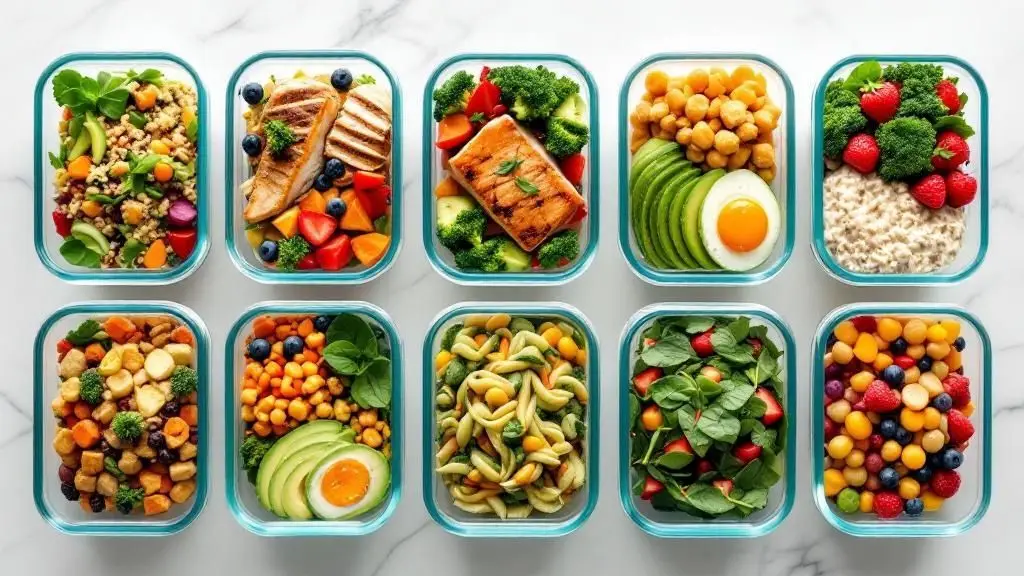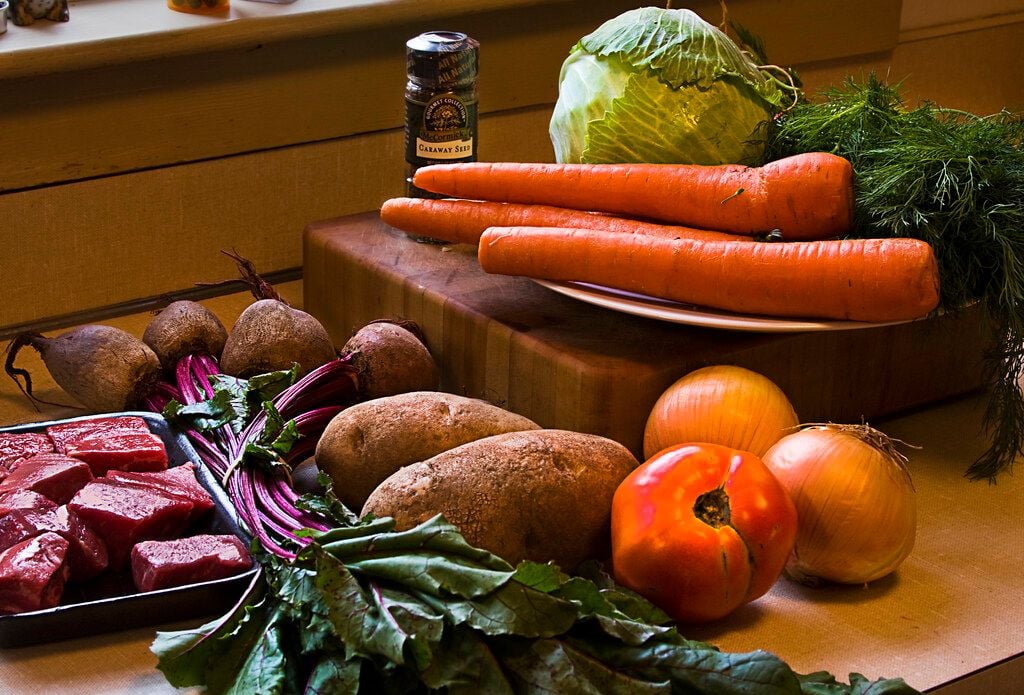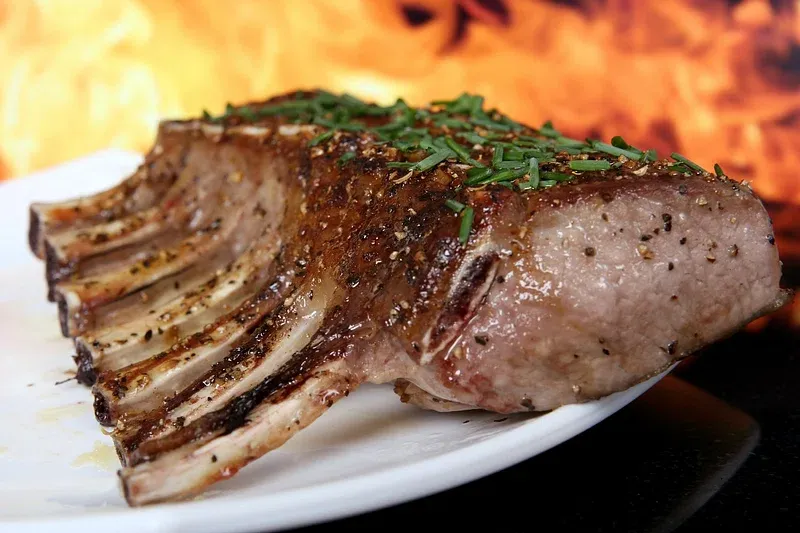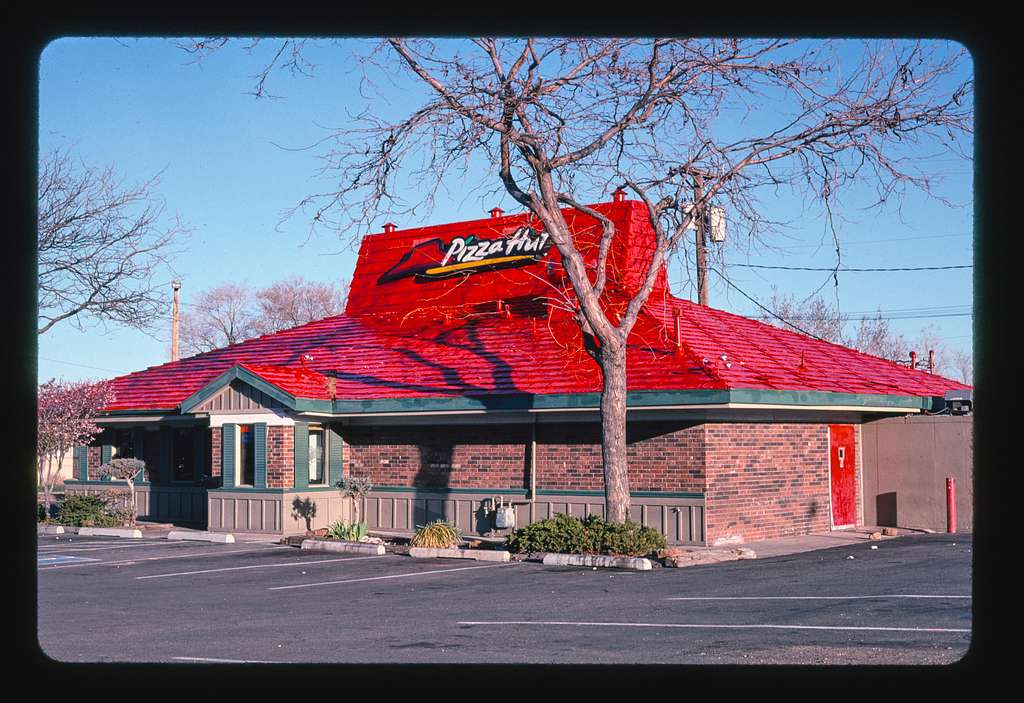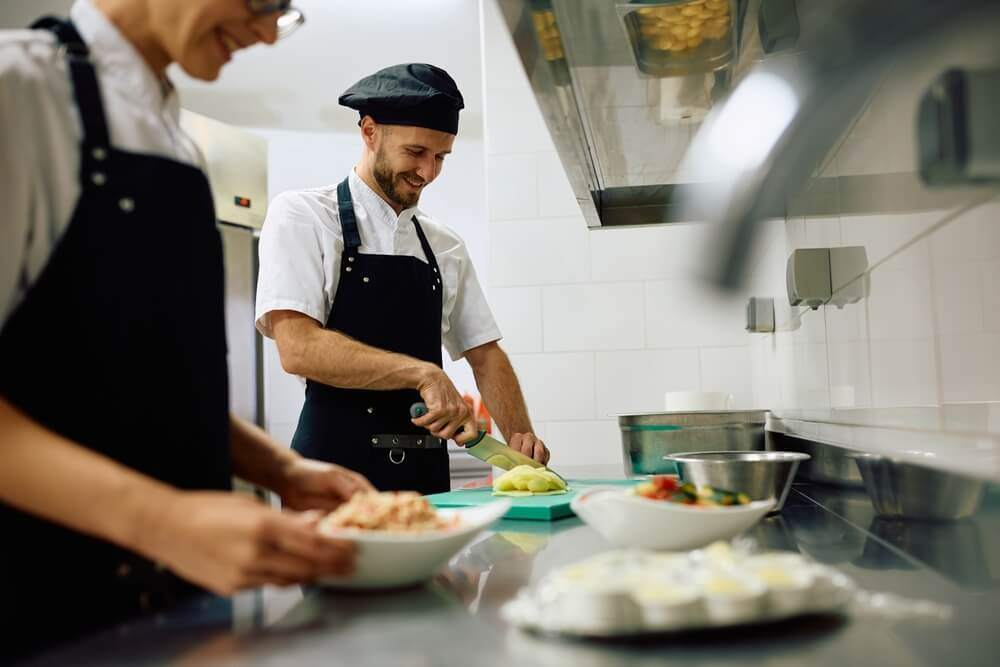
Delighting Your Palate: Everything You Need to Know About Pork Belly
- May 14, 2024
One memorable starter you must try when you visit Gris Gris in New Orleans is the seared pork belly braised in root beer and served on a slice of watermelon. If you have found yourself among those who can't immediately identify pork belly despite its growing presence in culinary spaces, let's help demystify it for you.
Most accurately, pork belly is a boneless slab of meat from a pig's underside, remaining after the butcher has removed the loins and spare ribs. A study from the National Library of Medicine reveals that raw pork belly is about 48% fat, which enriches its flavor. It is also home to many other popular pork cuts, such as bacon and pancetta.
It has been mistakenly interchanged with bacon, but the two are markedly different. Pork belly refers to the uncured, unsmoked raw slab of meat from the pig’s underside. Although bacon can come from other parts of the pig, many American supermarkets sell streaky bacon - the sliced, cured, and smoked pork belly cut. Pancetta, on the other hand, comes from Italy and like bacon, is also from pork belly. However, it is cured and dried unlike bacon.
The fat-loaded pork belly can be cooked in various ways, including roasting, pan-frying, smoking, or grilling. Most recipes require breakdown of the excess collagen in pork belly. This is achievable through a cooking method like braising, which uses low temperature and long cooking duration. Some recipes call for a sear before slow simmering at a low temperature. An example is the Thit Ko by Diep Tran. In this recipe, she sears the pork belly before simmering it in water after cooking her aromatics in the rendered fat. However, an alternative to pan searing is demonstrated by two-time Top Chef winner, Buddha Lo. He simmers the pork belly directly in a pot of liquid seasonings without searing. Essential kitchenware for cooking pork belly efficiently includes heavy pots like Dutch ovens and pressure cookers to reduce cooking time.
Smoking or grilling pork belly is another popular cooking method, with advice to trim the fat cap prior to grilling to avoid flare-ups. F&W Food Editor, Paige Grandjean, recommends cutting the pork belly into small cubes after removing the fat cap in her Pork Belly Burnt Ends with Barbecue Sauce recipe.
Belly pork, when prepared properly, results in a crispy skin. Getting this crispy exterior is possible when you salt the skinless pork belly generously before roasting. This creates a salt crust on the pork belly similar to the Adobo Pork Belly Nigiri roast, giving it a crispy crackling.
Pork belly, in its rise to popularity, can be procured from most major grocery stores and specialty butcher shops. It is also commonly found in Asian or Mexican grocery stores and can be ordered online.

